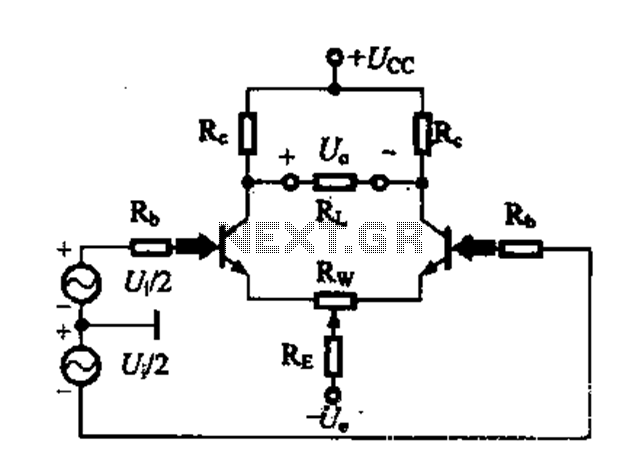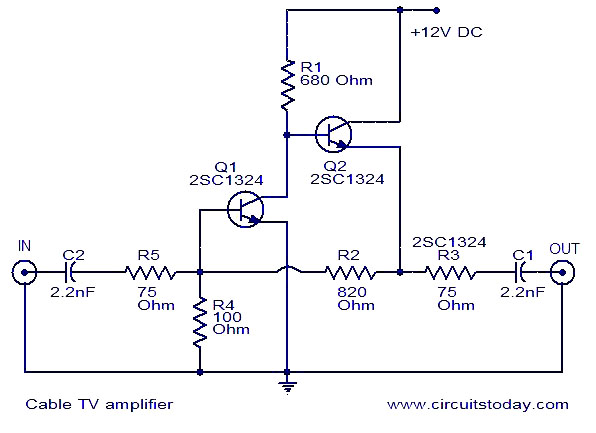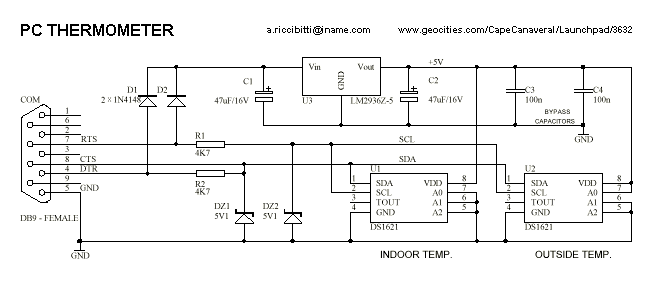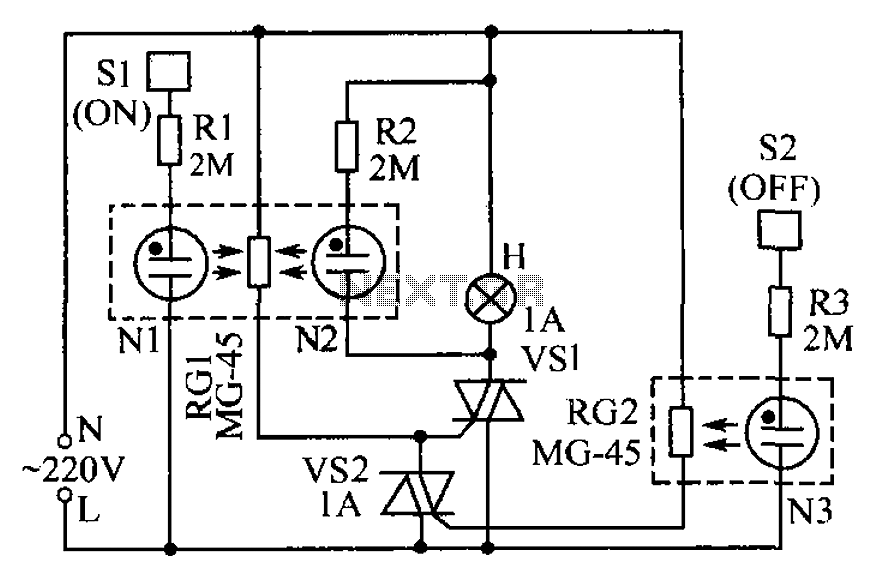
Differential amplifier circuit four connection methods and compare the characteristics of a

A differential amplifier circuit can be configured in four different connection methods, allowing for a comparison of characteristics such as gain and common-mode rejection ratio (CMRR). This analysis focuses on symmetrical circuits and their performance in handling common-mode signals.
The differential amplifier is a critical component in various electronic applications, primarily used to amplify the difference between two input signals while rejecting any signals common to both inputs. The four connection methods typically employed in differential amplifier configurations include the standard differential pair, the instrumentation amplifier, the operational amplifier (op-amp) based configuration, and the fully differential amplifier.
1. **Standard Differential Pair**: This configuration utilizes two transistors (or operational amplifiers) to amplify the difference between two input voltages. The gain can be adjusted by varying the resistor values in the feedback network. The symmetrical nature of this circuit allows for high CMRR, making it effective in environments with significant common-mode noise.
2. **Instrumentation Amplifier**: This design consists of three operational amplifiers and is particularly known for its high input impedance and excellent CMRR. The two outer op-amps serve as buffers, while the central op-amp amplifies the difference between the buffered inputs. This configuration is ideal for precise measurements in sensor applications.
3. **Operational Amplifier Configuration**: In this method, an op-amp is configured with resistors to create a differential input stage. The gain can be set via external resistors, and the circuit can be designed to have a high CMRR by ensuring that the resistors are matched. This setup is often used in audio and signal processing applications.
4. **Fully Differential Amplifier**: This configuration amplifies the differential input while simultaneously providing a differential output. It is particularly useful in high-speed applications and can maintain high fidelity in signal processing. The design typically incorporates feedback mechanisms to enhance linearity and minimize distortion.
The CMRR is a crucial parameter in these configurations, quantifying the ability of the amplifier to reject common-mode signals, which are unwanted noise or interference that affect both inputs equally. A higher CMRR indicates better performance in noisy environments, making the differential amplifier an essential tool in precision analog applications. Each connection method offers unique advantages and is selected based on the specific requirements of the application, such as gain, bandwidth, and input impedance.Differential amplifier circuit four connection methods and compare the characteristics of a a. O magnification and single-pipe with When the circuit is symmetrical common-mode rejection ratio, CMRR a apply to symmetrical input for said output situation
The differential amplifier is a critical component in various electronic applications, primarily used to amplify the difference between two input signals while rejecting any signals common to both inputs. The four connection methods typically employed in differential amplifier configurations include the standard differential pair, the instrumentation amplifier, the operational amplifier (op-amp) based configuration, and the fully differential amplifier.
1. **Standard Differential Pair**: This configuration utilizes two transistors (or operational amplifiers) to amplify the difference between two input voltages. The gain can be adjusted by varying the resistor values in the feedback network. The symmetrical nature of this circuit allows for high CMRR, making it effective in environments with significant common-mode noise.
2. **Instrumentation Amplifier**: This design consists of three operational amplifiers and is particularly known for its high input impedance and excellent CMRR. The two outer op-amps serve as buffers, while the central op-amp amplifies the difference between the buffered inputs. This configuration is ideal for precise measurements in sensor applications.
3. **Operational Amplifier Configuration**: In this method, an op-amp is configured with resistors to create a differential input stage. The gain can be set via external resistors, and the circuit can be designed to have a high CMRR by ensuring that the resistors are matched. This setup is often used in audio and signal processing applications.
4. **Fully Differential Amplifier**: This configuration amplifies the differential input while simultaneously providing a differential output. It is particularly useful in high-speed applications and can maintain high fidelity in signal processing. The design typically incorporates feedback mechanisms to enhance linearity and minimize distortion.
The CMRR is a crucial parameter in these configurations, quantifying the ability of the amplifier to reject common-mode signals, which are unwanted noise or interference that affect both inputs equally. A higher CMRR indicates better performance in noisy environments, making the differential amplifier an essential tool in precision analog applications. Each connection method offers unique advantages and is selected based on the specific requirements of the application, such as gain, bandwidth, and input impedance.Differential amplifier circuit four connection methods and compare the characteristics of a a. O magnification and single-pipe with When the circuit is symmetrical common-mode rejection ratio, CMRR a apply to symmetrical input for said output situation





